Jelena Magic has a luminous quality that not even the past 13 months have been able to dim. It exists independently of her exotic appearance – her clear skin, long hair, expressive eyes and full mouth; it’s something more elemental, brightening the long hours she spends at the bedside of her two-year-old son Marko. On good days, he’s as playful and noisy as any other rambunctious toddler. On bad days, when he can’t eat and it hurts even to cry, he clings to Jelena, his head on her shoulder, her hair a dark curtain of comfort.
In April last year, doctors found a tumour in Marko’s abdomen and diagnosed neuroblastoma, a rare, early-childhood cancer. Initially, they thought he had the most benign kind but, six months after surgery when Marko developed a limp, it was discovered that the cancer had spread to his bones. Now Stage 4 and high-risk, it is aggressive and capricious. His chances of surviving the next five years are 40 to 50 per cent.
“As a parent, you don’t take those odds lightly,” says Serbian-born Jelena, her English immaculate. She’s talking to me in a corridor outside Marko’s room at Melbourne’s Royal Children’s Hospital, the rhythmic beep of medical equipment a metallic pulse down the phone-line.
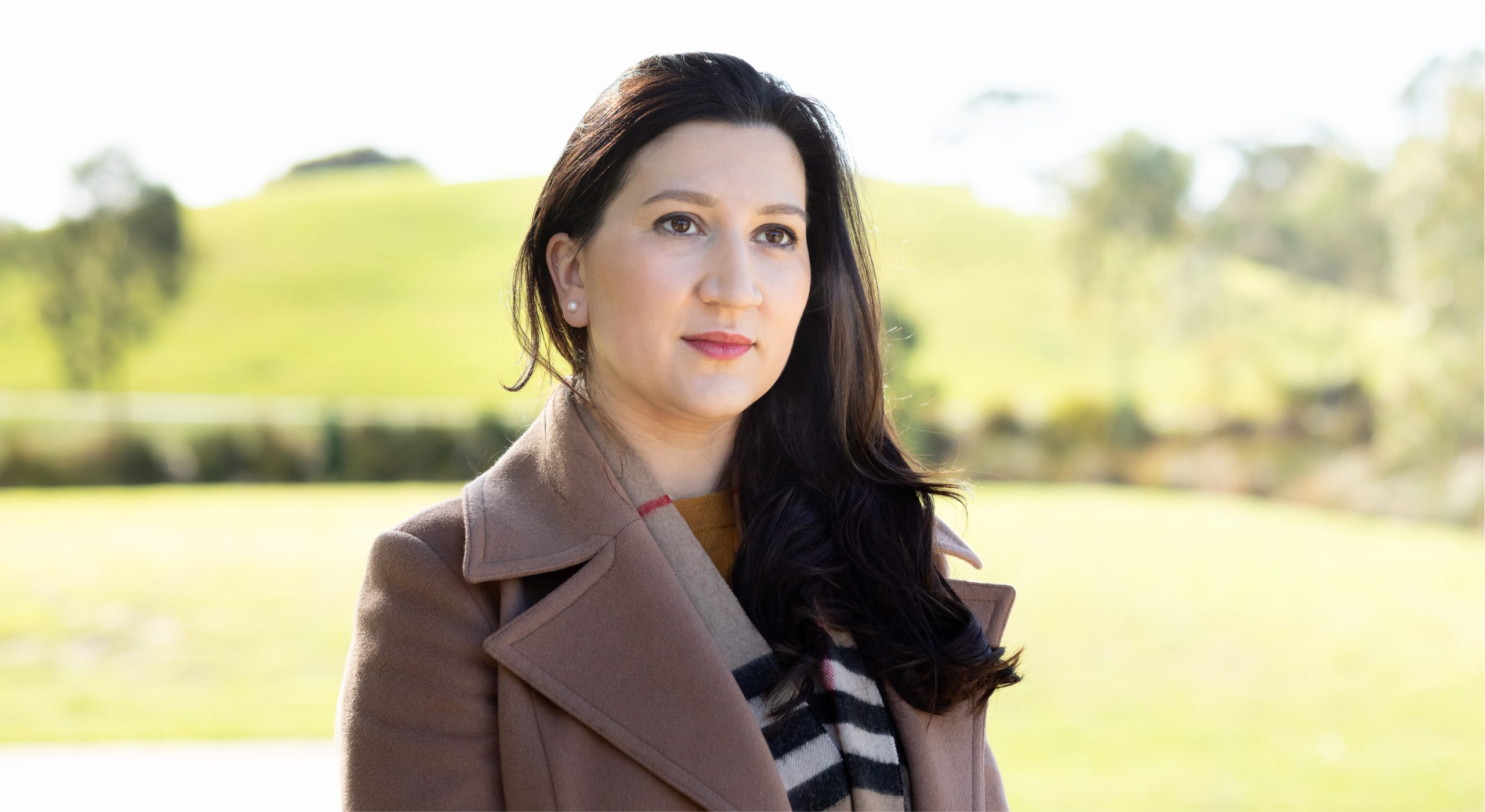
Two days ago, Marko had a stem cell transplant. The treatment aims to make new blood cells, first white ones then red, to replace those decimated by recent high-dose chemotherapy. Right now, he’s cancer-free, but Jelena knows the truce is fragile.
Marko’s best chance of recovery, according to his specialist, is to gain acceptance into a clinical trial at Memorial Sloan Kettering Cancer Center in New York, a world-renowned stronghold of neuroblastoma expertise. The cost, including travel and accommodation for Jelena and Marko (Andrija, Jelena’s husband, will stay at home in Greenvale, Victoria, with Petar, seven, and Aleksa, four), is $350,000. But because the trial is experimental – still unproven – the Magics don’t qualify for Australia’s Medical Treatment Overseas Program: they must pay for it themselves.
“It feels unfair,” says Jelena, with restraint. “With rare cancers, there are no proven treatments – a clinical trial is our only option. Here in Australia we don’t have the patient numbers to make a clinical trial worthwhile. Our oncologist tells us that Sloan Kettering has invested in this trial, that it’s scientifically sound. He’s supportive of us exploring this option.”
It feels unfair. With rare cancers there are no proven treatments. This is our only option
In January, Jelena and Andrija, amid much soul-searching, launched an appeal on popular crowd-funding platform Go Fund Me in a bid to raise the money. So far, it has attracted more than $122,000 in donations.
Jelena is both amazed at, and grateful for, the generosity of family, friends and strangers, but it’s been hard. “We’ve always been very private people and this goes against our nature,” she says. “In one way, it’s cathartic to talk about our situation with the community, but I’m aware that this is another person’s life. Should I really have to market my child in this way? With crowd-funding, it’s not enough to say, ‘Please help me, my child has cancer’. You must attract the attention of all those people who don’t know you. And in order to do that, you have to share the whole, heartbreaking story and post photos that show it.”
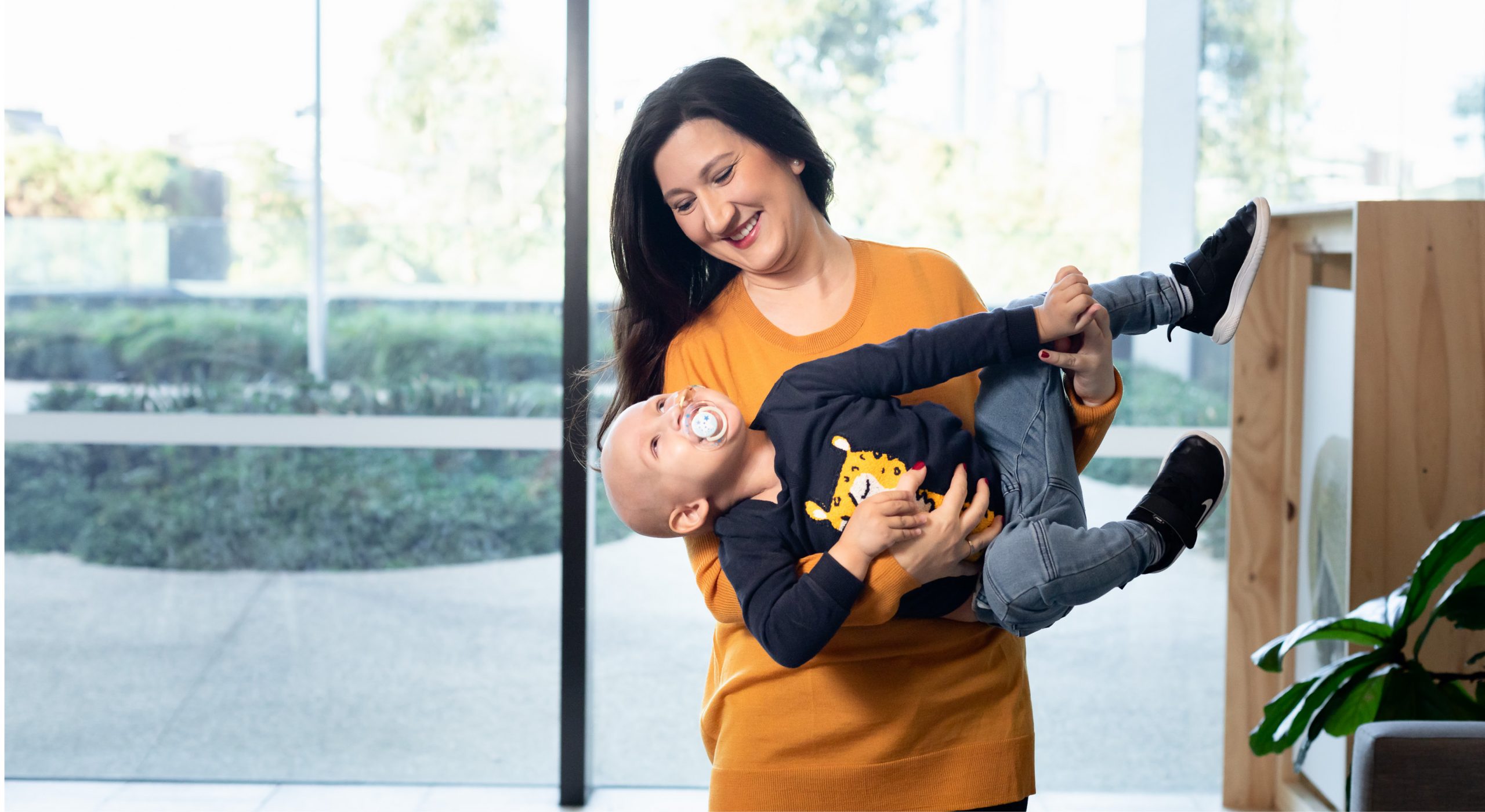
Crowd-funding began in the 1990s as a way for aspiring entrepreneurs to raise money to get their new businesses off the ground. Within a few years, people were using it for more personal causes and, by 2009, it had become a pathway to help fundraisers manage urgent personal crises, such as the out-of-pocket expenses associated with serious illness.
Go Fund Me has since become the world’s leading medical crowd-funding platform with $5 billion raised by more than 50 million people. Australia’s contribution amounts to “hundreds of millions of dollars”, according to local regional manager Nicola Britton. But what does its presence here say about our healthcare system?
Richard Vines is cofounder of Rare Cancers Australia (RCA), an advocacy group set up in 2012 for Australians diagnosed with rare (less than six diagnoses per year per 100,000 population) and less common (between six and 12 diagnoses) cancers. “We have a healthcare system that is very focused on the greatest good for the greatest number,” he tells me. “So when we look at PBS [Pharmaceutical Benefits Scheme] funding, activity is centred on the more common cancers, such as breast or melanoma. The outcome of this is that a patient who has a less run-of-the-mill diagnosis can be catastrophically disadvantaged financially at a time when they’re most vulnerable physically and emotionally.”
When combined, he adds, rare and less common cancers account for more than half of all cancer deaths here; their impact is dramatic.
A patient who has a less run-of-the-mill diagnosis can be catastrophically disadvantaged
Two factors contribute to the rise of medical crowd-funding in Australia: the cost of treatment that can’t be reimbursed through the Pharmaceutical Benefits Scheme (PBS) because its governing body, the Pharmaceutical Benefits Advisory Committee (PBAC), hasn’t approved its listing; and the massive costs attached to having to travel overseas for treatment that’s not available here.
“When the government decides to reimburse a medicine through the PBS,” explains Vines, “it does so for a specific cancer type and that can be very granular.” This granularity means that although a drug might be available to someone with one type of cancer, the very same treatment might not be approved for someone with a slightly different, or less common form of cancer.
“Also, the fact that a certain drug isn’t listed on the PBS doesn’t mean it hasn’t been tried and tested. There could be a whole host of evidence that it’s effective, but the pharmaceutical company that owns the drug might consider the patient population too small to make it worth their while to submit an application to the PBAC,” says Vines, who points out that, under draft regulations to come into effect next month, the fee for a pre-submission evaluation alone for the potential listing of a new vaccine is $295,000. PBAC’s evaluation of that submission costs a further $222,000, while another $119,000 expedites its pathway to inclusion once approval has been granted.
“The Holy Grail for us,” says Vines, in evident frustration, “is to work out a mechanism whereby a drug can be reimbursed [through the PBS] for multiple cancer types at the same time. Why hasn’t it happened? That’s another 45-minute conversation.”
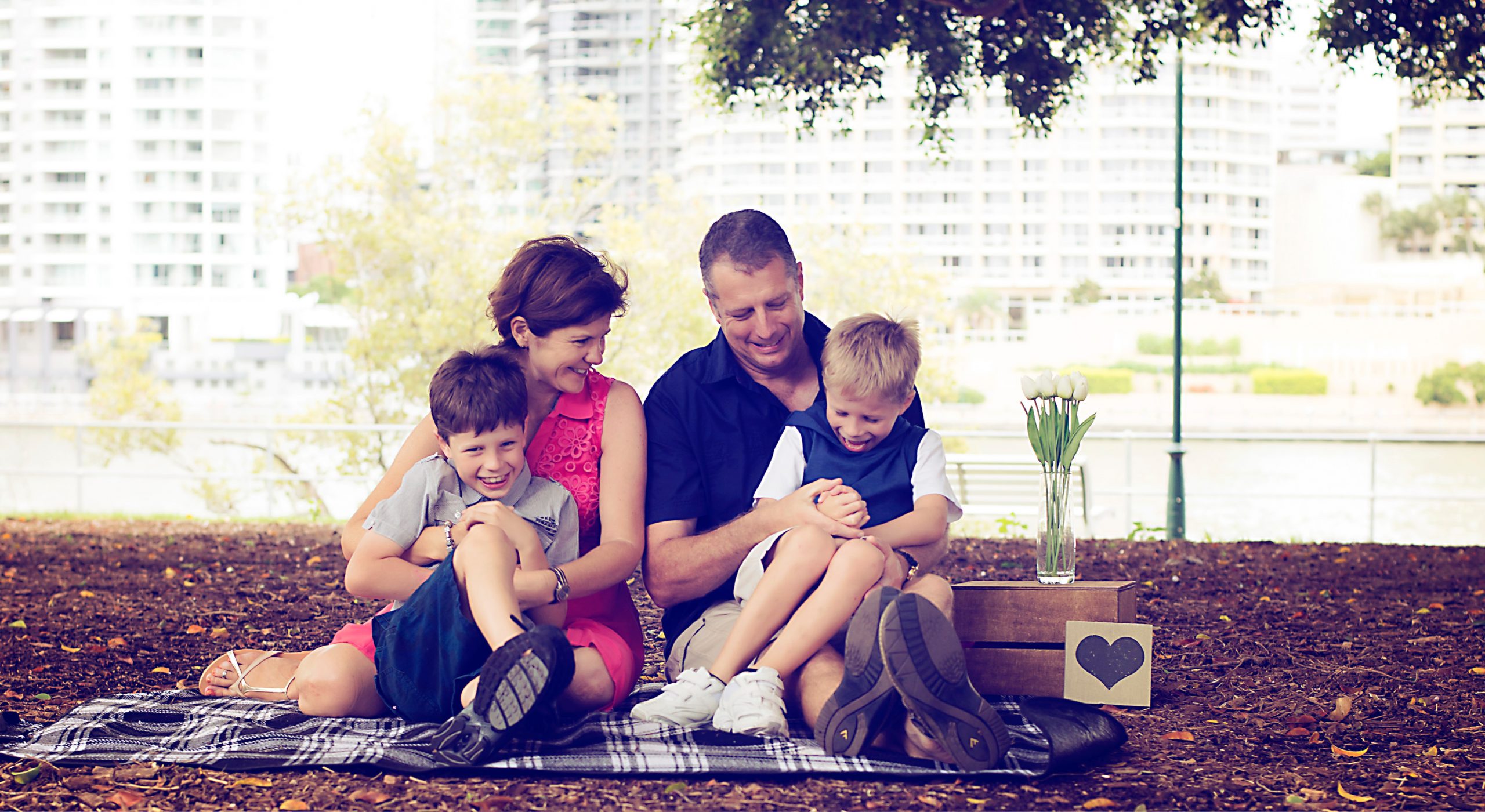
It’s after 9pm on a Wednesday night when I Skype Anita in Brisbane. Just home from a music competition at her son’s school, she’s pale with fatigue and husky of voice, but radiates calm assurance. In January 2014, she was a busy, 44-year-old accountant and mother to Alex, nine, and James, four. A few months earlier, her anxiety about an annoying, persistent cough had sharpened with the appearance of a small fleck of blood in her phlegm and the advent of a pain under her ribs. The resulting CT scan turned up something shocking: an inoperable, four-centimetre tumour beside her trachea. Her specialist’s diagnosis? Non-small cell lung cancer Stage IIIA.
“He was one of those doctors who isn’t very good at delivering bad news,” says Anita drily. “He started telling me the statistics – that only 10 to 15 per cent of people with this condition survive five years. He wasn’t very comforting.”
Anita’s tumour cells had tested positive for a rare gene mutation, anaplastic lymphoma kinase (ALK), which meant that a target therapy called Crizotinib, which was producing excellent results in patients like her, could help prolong her life. But it wasn’t listed on the PBS: one month’s supply cost $7,500.
He was one of those doctors who isn’t very good at delivering bad news
Anita’s parents paid for the first month, while RCA negotiated with pharmaceutical company Pfizer to arrange another month’s free access to the treatment on compassionate grounds. “Unfortunately, I then fell into a black hole,” says Anita. “Crizotinib had been put up for recommendation to the PBAC a number of times. We felt sure it was only a matter of time before it was approved for listing on the PBS, but while a drug is under consideration, the pharmaceutical company won’t grant compassionate access to it.”
In October 2014, Anita launched an appeal on Rare Cancers Australia’s own crowd-funding platform. In a short period of time, with the help of her own network of supporters and the group’s formidable publicity-seeking machinery, it had raised more than $40,000 in tax-deductible donations. “Meeting Richard and [his wife] Kate completely changed my journey and my life,” says Anita. “They held my hand through the whole thing.”
Even so, those next few months were the most stressful of her life as, every morning, she stared down two crippling worries: the fear that she might not have enough money to buy the next month’s supply of tablets and the very real possibility that, even if she could afford them, her cancer might become resistant to them.
“Just being so vulnerable all the time was so draining, mentally and physically,” she says. “But the need outweighed the difficulty. You’re in a bubble, in survival mode, doing whatever you can to survive. I just needed that drug. It wasn’t a case of ‘Can I do this?’ It was a case of ‘I have to do this’.”
Nine months later, in July 2015, the PBAC approved Crizotinib for listing. For Anita, the sense of relief was immense. However, last year, the resistance she had dreaded for so long finally materialised and her cancer stopped responding to the drug. She’s now trying her luck with another one, Alectionib, that’s also recently become PBS-listed. She’s hoping it will give her another five years.
You’re in a bubble, in survival mode, doing whatever you can to survive.
Medical crowd-funding would appear, at first glance, to be a triumph of uncomplicated problem-solving: a mechanism through which an individual facing impossible out-of-pocket expenses can reach out to members of a compassionate public who have money to spare.
But bioethicists, with their clear, unsentimental gaze, are concerned that it might not be as straightforward as it appears. In a sense, what crowd-funding does is commodify healthcare, they suggest, recasting treatments as things that can be bought and sold, while, at the same time, marketing patients as products with stories that can be viewed and evaluated, the computer screen serving as a shop window. Are we, in the attempt to redress what can feel like intolerable unfairness, creating another equally problematic scale of deservingness by forcing patients to compete for funds?
A study published in Social Science and Medicine, conducted by medical anthropologist Dr Nora Kenworthy from the University of Washington Bothel in the US, revealed that campaigners from a certain socio-economic bracket with comfortably-off friends and a single, solvable medical crisis – one that can be conveyed in a social media-friendly appeal that uses memes, hashtags and videos – are going to outperform those coping with multiple chronic conditions, such as diabetes and heart disease, and a tangle of rapidly mounting mortgage repayments and utility bills created by their inability to work.
Crowd-funding is a tough gig, she concluded, if you’re geriatric, unphotogenic, computer illiterate and don’t speak English. Kenworthy, who studied 200 campaigns on Go Fund Me, found that 90 per cent of them failed to reach their financial target, raising, on average, just 40 per cent of their goal. More than 10 percent raised less than $100.
Usually, a patient’s healthcare journey is private…[with crowdfunding] there’s potential for that patient to feel backed into a corner
“Usually, a patient’s healthcare journey is private, something shared with family, friends and a healthcare professional,” says Dr Ros McDougall, lecturer in Health Ethics at the University of Melbourne. “Once crowd-funding comes into play, the public becomes invested, literally, in the outcome of that journey, which can have an impact on the patient’s decision-making. There’s potential for that patient to feel backed into a corner, particularly if there’s a change in his or her circumstances.”
Other experts cite a lack of regulation around the safety of treatments that the public is being asked to fund. Last year, Art Caplan, medical ethicist at the NYU School of Medicine in New York, published a report in The Journal of the American Medical Association which concluded that unsuspecting donors responding to appeals on four popular sites (including Go Fund Me) had contributed, over the course of a two-year period (2015-2017), nearly $7 million to five treatments that are considered, as yet, unsupported by evidence. Chief among these was homeopathy or naturopathy for cancer. Crowd-funding, he said, peddled false hope to patients and even risked causing them serious harm.
It’s a debate that played out before the world’s media in 2017 via a bitter and protracted court case in London. The legal fight over the treatment of a young baby named Charlie Gard highlighted the gulf in understanding that can exist between devoted, grief-stricken parents and the medical establishment over what exactly constitutes appropriate treatment.
Charlie had been diagnosed with a rare and fatal mitochondrial disease. Nevertheless, his parents, Constance Yates and Christopher Gard, raised GBP1.3 million on Go Fund Me over four months to take him to New York to undergo an experimental treatment called nucleoside therapy.
Unfortunately, Charlie’s doctors at Great Ormond Street Hospital argued that, given the extent of his brain damage, such an undertaking would be futile; they recommended palliative care. When the High Court found in favour of the hospital, the Gards lodged three successive appeals that had everyone from Donald Trump to Pope Francis weighing in on the debate. Finally, the European Court of Human Rights upheld the original ruling: unswerving parental love wasn’t synonymous with acting in the best interests of the child, it said. In July 2017, just days before his first birthday, Charlie was transferred to a hospice and his ventilator withdrawn.
In a space where severe illness, large sums of money and hope intersect, oversight by a trusted intermediary is essential, warn experts. “We won’t raise money for any treatment unless that treatment is prescribed by the patient’s clinician,” says Vines. “Sometimes having a lump of money dumped in your lap isn’t as helpful as it sounds when you have other complexities in your life. We try to alleviate the burden wherever we can by using the money that’s tied to a particular patient to pay for everything directly: their drugs, their travel, their hotel bills. We’re involved.”
Meanwhile, closer to home, the Royal Australasian College of Surgeons (RACS), concerned by the rise in medical crowd-funding, has recently called for greater transparency on the part of specialists charging out-of-pocket fees, saying it would support sanctions against those who might found to be taking advantage of a currently unregulated process.
Acclaimed Sydney brain surgeon Dr Charlie Teo, whose surgeries have been mentioned in more than 100 crowd-funding appeals, has been forced to publicly defend his fees in an escalating war of words with fellow members of his profession. The spat came to a head earlier this month when he threatened to quit if the “vilification” of him by medicine’s governing bodies continued.
Recently, Go Fund Me has shown itself susceptible to abuse. Last month, Nevada mother of four Victoria Morrison, who faked her young son’s illness and death, was sentenced to five to 12 years for child neglect and endangerment; she’d raised $2,000. Last October, 27-year-old Queenslander Lucy Wieland was found guilty of fraud after launching a campaign for her “Stage 5” (a non- existent classification) ovarian cancer. Moved by elaborately staged selfies of a shaven-headed Wieland attached to medical equipment wearing an oxygen mask, donors pledged $55,000 to her cause.
Go Fund Me maintains that fraud happens rarely – “Campaigns with misuse make up less than one tenth of one percent of all campaigns”, says Nicola Britton – but last October it introduced new regulations enshrined in its GoFundMe Guarantee to reimburse donors who contribute unwittingly to fraudulent appeals.
Still, the vast majority of medical crowd-funding campaigns are perfectly legitimate. “Just because a treatment isn’t listed on the PBS doesn’t mean it’s quackery,” says Vines. “There are drugs already registered in the US and in the UK that will become available here at some point. But cancer has its own timetable.”
Jelena Magic is only too well aware. Serious, unpredictable illness makes planning for the future difficult but, with the cost of treatment so prohibitive, she must try. “There’s a window of several weeks after Marko finishes this treatment in Melbourne to sign up for the trial in America,” she says. “We can’t leave fund-raising to the last minute.” (The Magics launched a second appeal with RCA in March which has raised $14,329.)
In the meantime, she and Andrija enjoy every day. “We don’t argue anymore about the petty things,” she says. “We’ve decided to be positive, support Marko on his journey and accept what may come. Whatever it is, we will use it to make change.”
You can help Jelena and Marko by donating here or here.
You can also support Australians with rare cancers here.




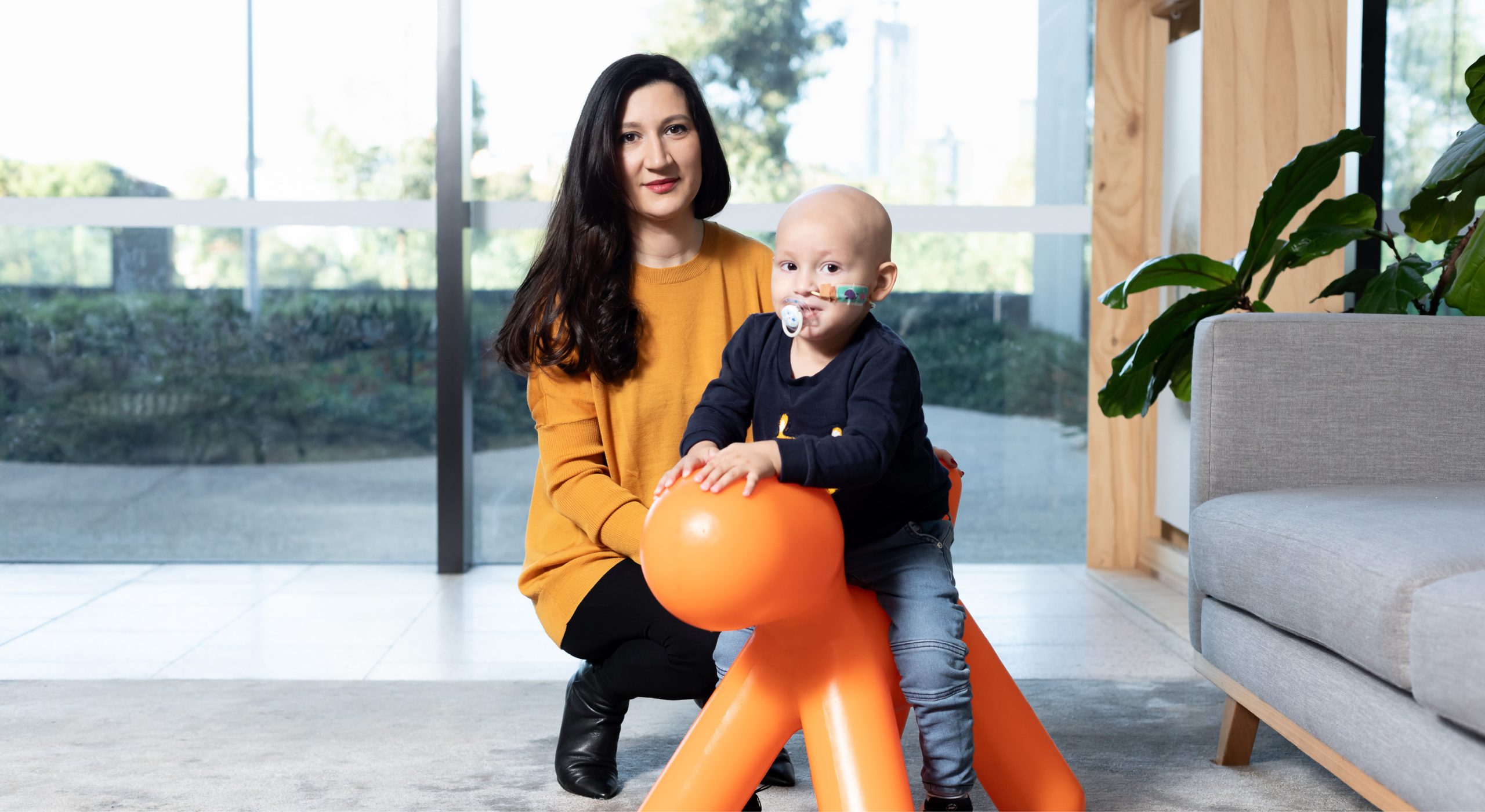
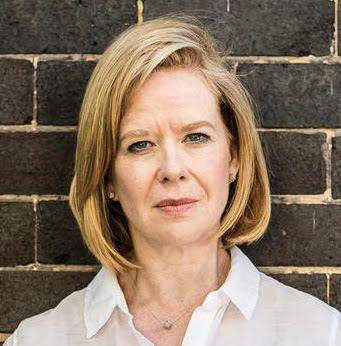

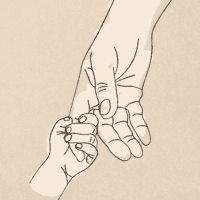

No Comments